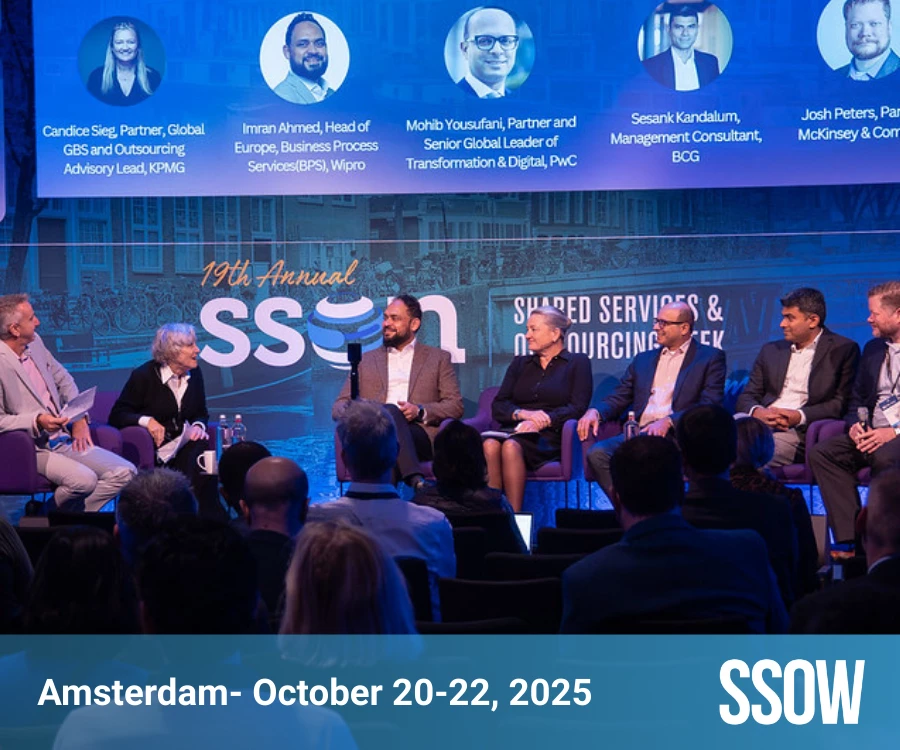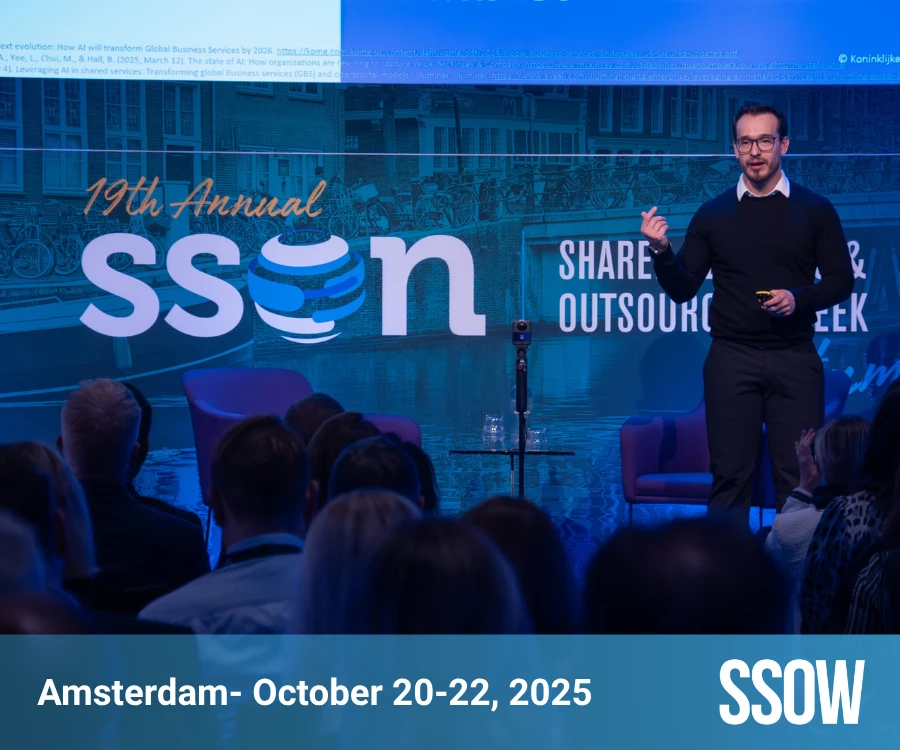
Owing to recent innovations, AI and automation technologies are poised to transform shared and global business services (GBS). Indeed, shared services leaders are starting to acknowledge their shared benefits.
Leading organisations are already using AI to drive more value from automation, boosting efficiency, promoting standardisation, and driving cost-out. We’re seeing record investment in automation solutions like RPA, and 67% of service leaders consider natural language processing (NLP) a crucial investment for extracting the data needed for automation.
AI is the missing piece of the automation puzzle. The prevalence of unstructured communications across most processes in shared services has long prevented end-to-end automation and realised limited returns. Yet machine learning provides service leaders with the capability to turn unstructured information into structured data.
For the first time, this opens communications - one of the most important sources of work and most common triggers of workflows - to analytics and continuous improvement by the rest of the digital transformation toolset.
Why integrate automation and AI?
AI greatly expands the scope of automation opportunities available, as well as their success, for shared services leaders. Many of the simplest email tasks are also the most wasteful and inefficient. NLP – a branch of AI dedicated to helping machines understand human language – surfaces these processes for the first time and enables them to be automated in their entirety.
For example, an RPA software bot can be designed to automatically respond to common internal customer queries, using NLP to understand the nature of the request and the best response. It’s even able to request extra necessary information if the client has failed to provide it.
When deployed at scale, this integration of NLP and RPA could be transformative for efficiency and productivity. Shared service agents can confidently hand off large portions of their caseloads to machines. This frees them to pick up new value-adding services for the team or focus on only the most complex and important requests.
Crucially, NLP also raises the potential and success of automation as a whole. Initiatives no longer need to begin where structured processes start, or halt when a process enters the tunnel of unstructured processes. Instead, a process can be streamlined from end-to-end, delivering efficiency and boosting service levels.
Automating more with Communications Mining
Today’s AI and NLP solutions provide the critical intelligence layer needed for hyperautomation - the spreading of automated efficiency across every business process and workflow.
When NLP and machine learning combine to provide real-time insight and understanding over all business communications, we call this Communications Mining.
All critical business processes are based in communications. Relying solely on structured data will never give you the complete overview you need to drive greater efficiency and productivity across your service function. Understanding and actioning the unstructured data estate is integral to business success.
Communications Mining solutions are starting to emerge which satisfy this need. Leveraging NLP, machine learning and deep learning, they generate insights and actions for all email and communications-based processes. They’re designed to easily integrate and work with existing systems, mining communications data for challenges and opportunities to be addressed.
Communications Mining constantly improves, leveraging employee-assisted learning to give custom machine learning models an adaptive understanding of your communications data. This is the very foundation of continuous improvement. Through a Communications Mining approach, the shared services centre at insurer Hiscox managed to build end-to-end automation for 5% of all its processes, which reduced process lead time by 300%.
Targeting automation at the source of all work
Through advanced AI and machine learning, shared and GBS leaders gain unprecedented insight into the causes of all work and workflows. For the first time, manual email and comms processing - long a blindspot for automation - becomes transparent, understandable, and automatable from end-to-end.
Previously unknown automation opportunities are discovered, and the value of existing automations greatly expanded by extending them into unstructured processes. Constantly evolving machine learning models, and the ability to monitor these processes in real-time, opens many new avenues for continuous improvement in shared services.


























